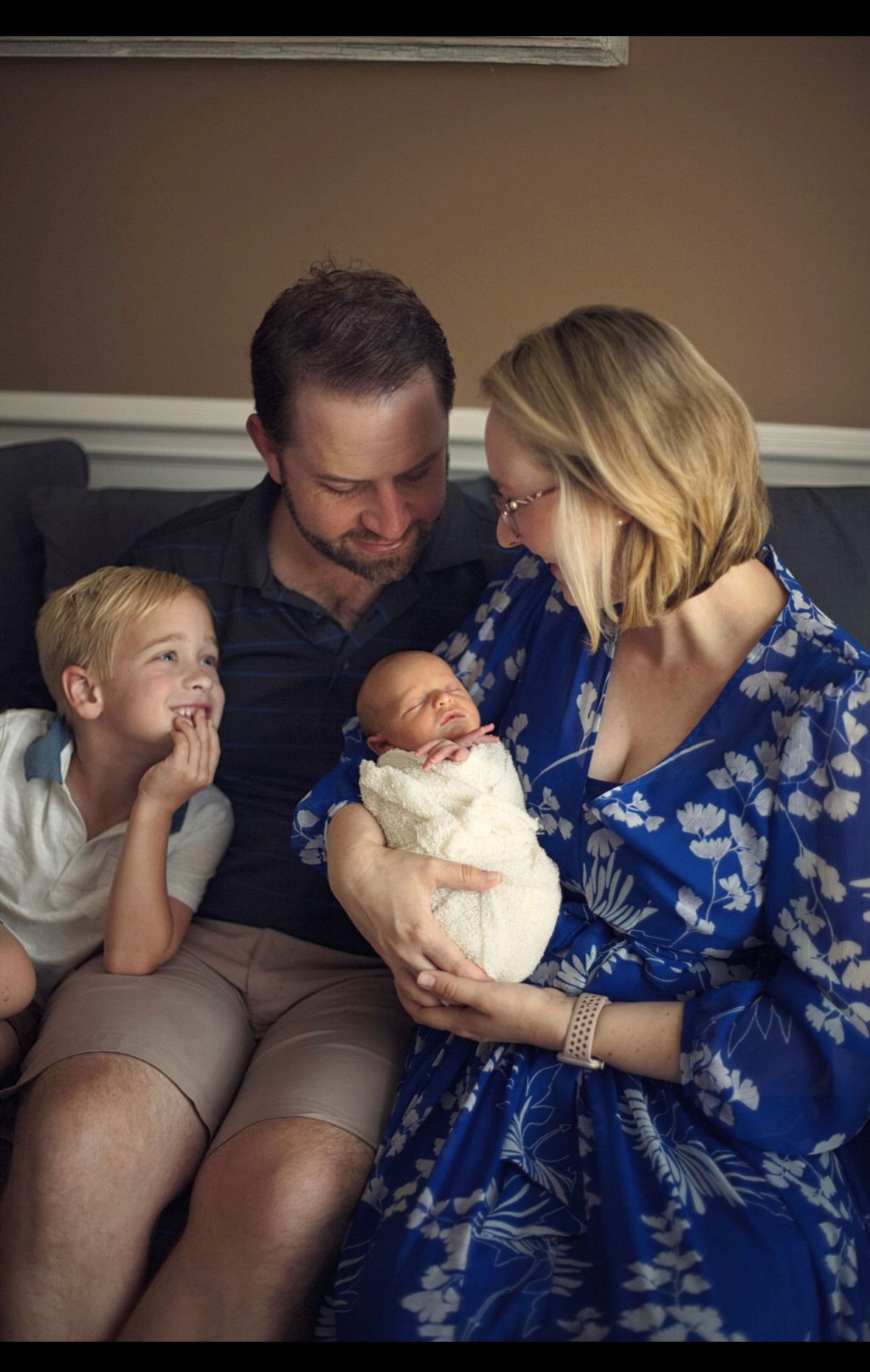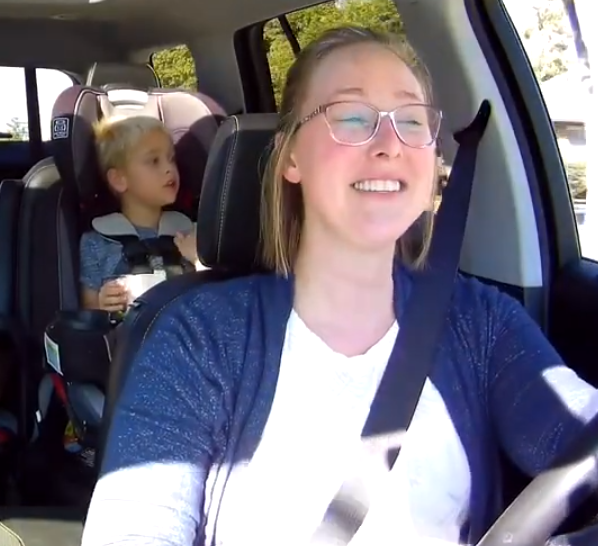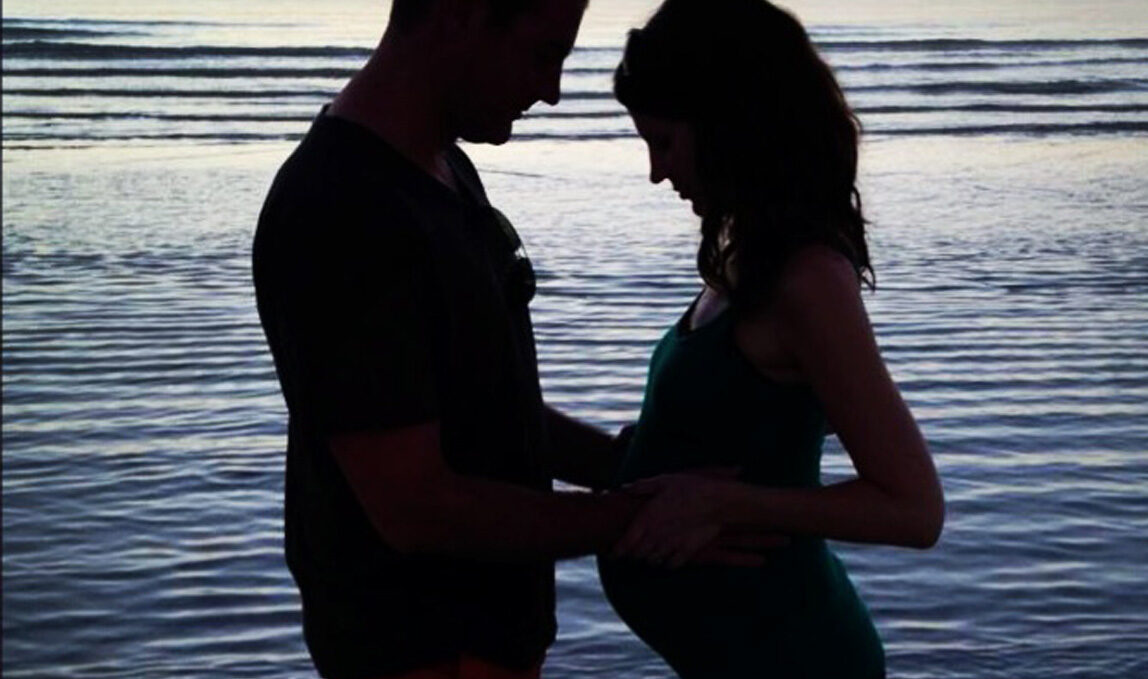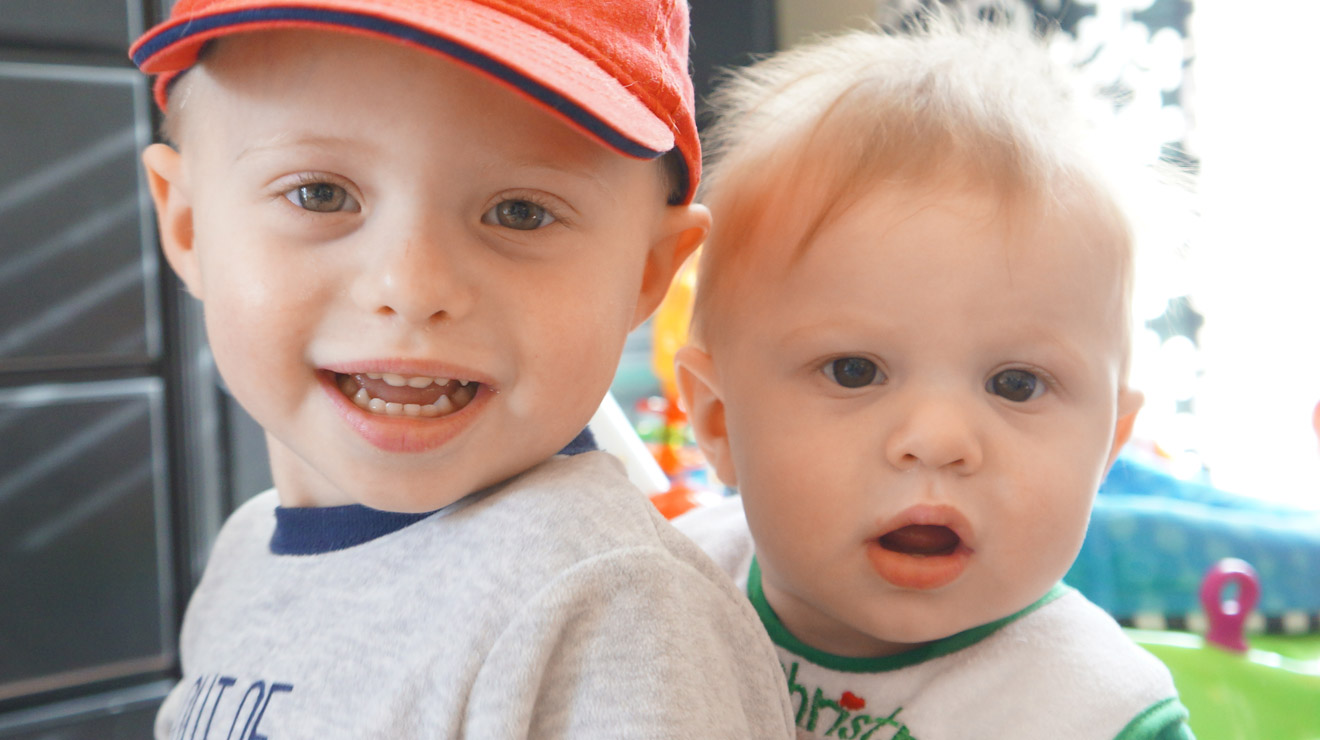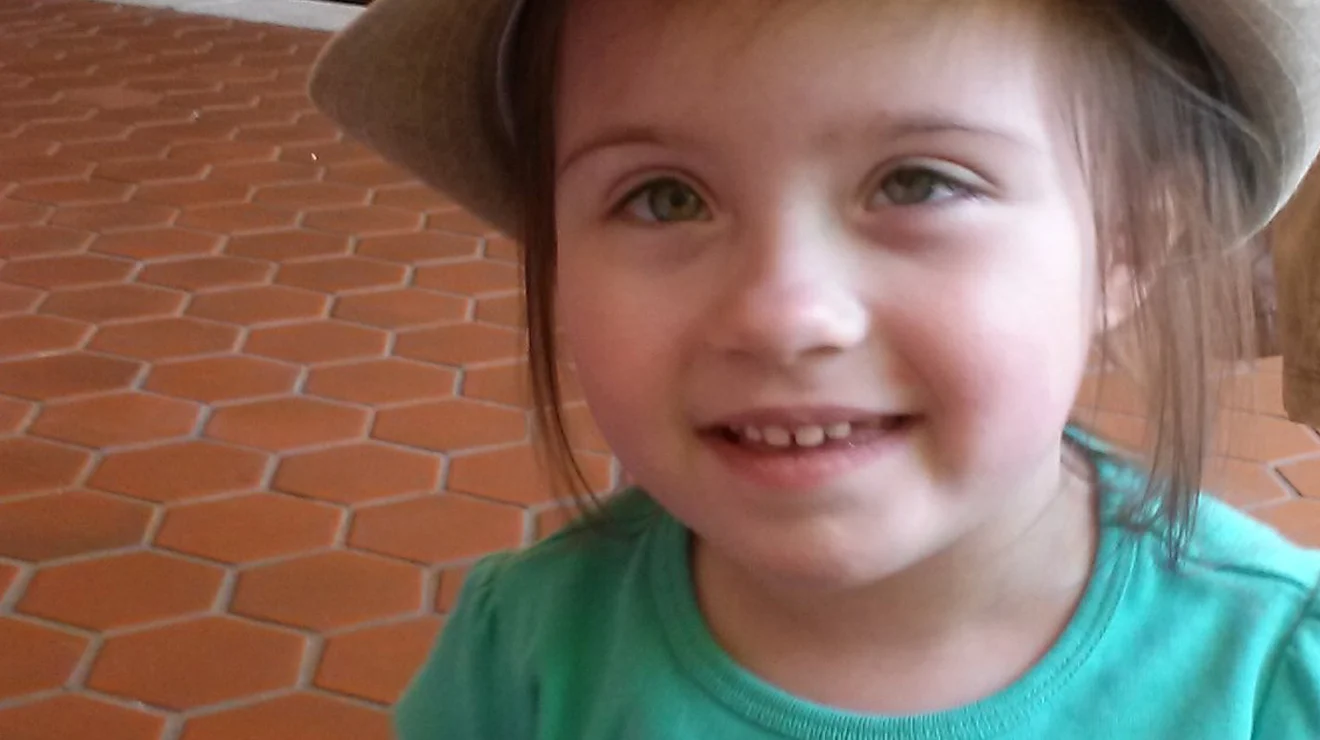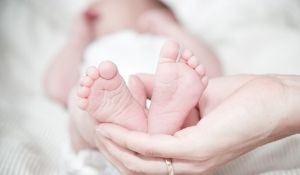Finding Our Way as a Family
When Caitlin and her husband first embarked on their fertility journey in 2014, it felt as if everything had fallen perfectly into place. They had been married for four years and found stability in their careers. Most of their friends were also contemplating the plunge into parenthood around the same time, and the couple eagerly anticipated entering the exciting journey alongside them.
Though it took years for them to get to this point in their life, they were enthusiastic about the future given their long history together. Caitlin and her husband met in the fifth grade, and during their junior year of college, the friendship bloomed into something much deeper. Already having an established bond, they were comfortable speaking openly about plans for their life early on in their relationship. “We were on the same page. We wanted two kids. We were in agreement about how we wanted to raise our kids and when we wanted to start having kids.”
The couple’s shared perspective allowed them to solidify their relationship and get married three years after beginning their courtship. Following their nuptials, the two focused on building a life together before adding a baby into the mix. Since they spent much of their adult life avoiding pregnancy, the issue of fertility didn’t even hover on the periphery of their thoughts. “We spent years worrying about double lines and it turns out we were worried about not very much, unfortunately,” Caitlin lamented.
Struggling with Infertility
They tried for six months, tracking Caitlin’s ovulation for the ideal time to conceive. Caitlin noticed she wasn’t getting the peaks recommended on the test kits and when she didn’t get pregnant after half a year of trying, she went to her OB/GYN to see if something was wrong. She questioned, “Is it me? Is it my body? Am I doing this wrong?” Though her OB/GYN sympathized with her frustration, he suggested they continue trying for another year in case there was confusion with the test strips and the issue was just a matter of timing. When another year went by and they still weren’t pregnant, Caitlin received a referral to Fertility Centers of Illinois (FCI).
The couple did three rounds of intrauterine insemination (IUI), but none were successful. During this time, their doctor also left the practice. Since they had a good experience at FCI and established a relationship with their physician, they decided to transition clinics to pursue in-vitro fertilization (IVF) with their current provider. IVF was successful and they were ecstatic to welcome their first child in June 2017.
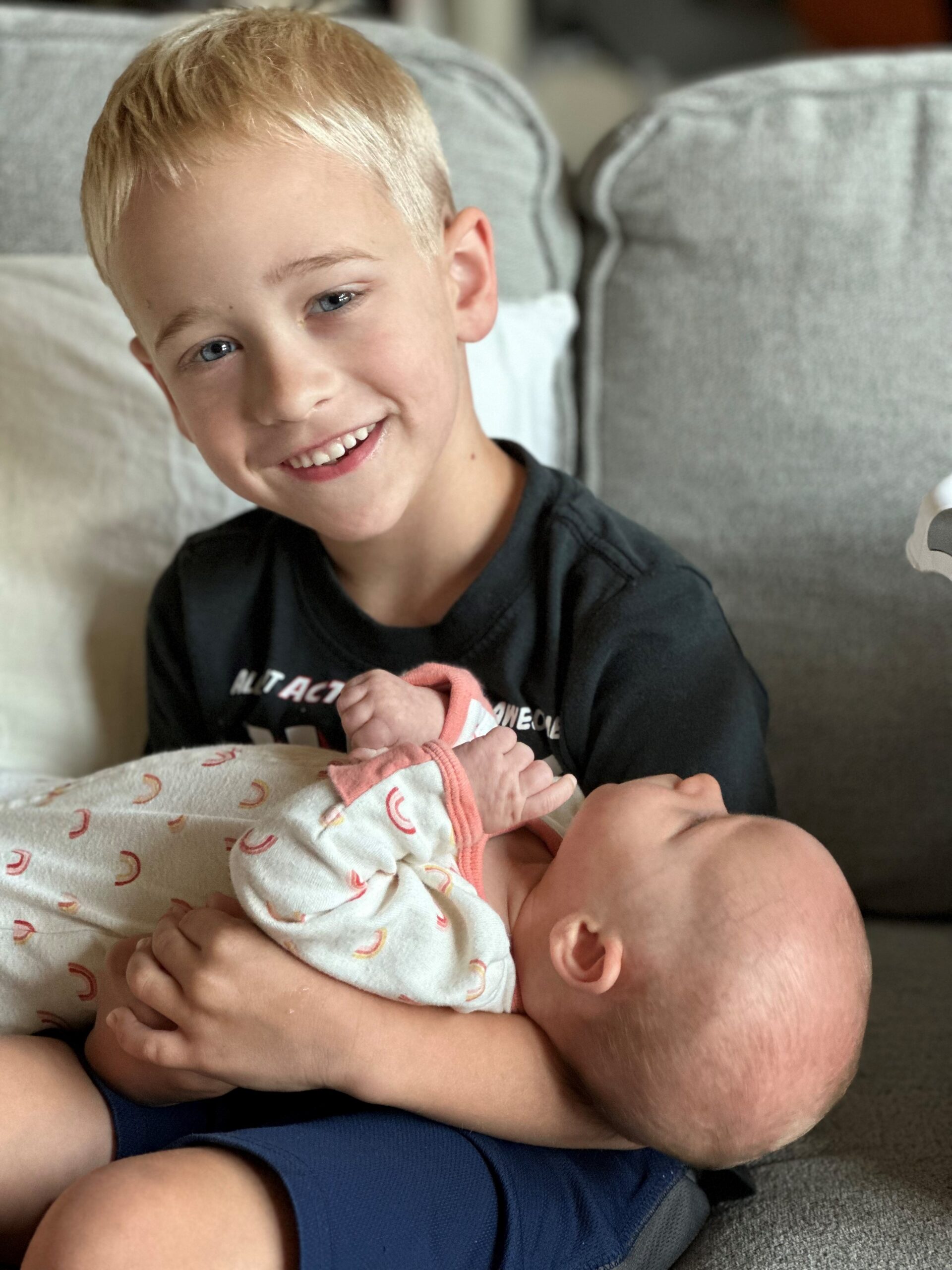
Trying for Baby Number Two
Caitlin and her husband devoted their time and energy to cherishing every precious moment with their child. They took a two-year hiatus from IVF before deciding to embark on another journey towards expanding their family.
They had three frozen embryos in cryostorage from their previous IVF cycle. Unfortunately, these embryos did not result in them welcoming a baby earthside. Caitlin experienced implantation failure and two chemical pregnancies. Despite their disappointment and grief, they decided to give IVF another shot. After three additional retrieval attempts, she was unable to obtain any viable embryos.
Caitlin and her husband were dejected and exhausted from the physical and psychological rollercoaster of IVF and decided to throw in the towel. “We quit. We walked away,” she declared. “We said, ‘We’re done with IVF. We’re just going to be a one-kid family.’”
Getting Diagnosed with Endometriosis
A few months later, Caitlin started having periods so severe that she suffered extreme pain and vomiting. It wasn’t the first time she experienced a rough period, but this was beyond anything she ever felt before. Concerned, she followed up with her OB/GYN. “I thought maybe I had a cyst. I had a couple of polypectomies before,” she recalled. An ultrasound found that the polyps were back, but her doctor speculated that she also had endometriosis based on her symptoms. Caitlin questioned whether she had endometriosis for years and was relieved to find that she and her physician were on the same page. “It was great to have that validation. I’ve said ‘I think I have endometriosis’ a million times, and nobody listened to me.”
Caitlin underwent a polypectomy and an exploratory laparoscopy where they confirmed she had stage two endometriosis. Following her diagnosis, Caitlin and her husband thought, “Maybe this changes things for our IVF journey.” They went back to the doctor who had helped them conceive their first child, but after everything they had gone through the physician was not as confident as they had hoped about doing another cycle.
Transitioning Care to Fertility Centers of Illinois
No longer ready to give up on their dreams of a second child, they decided to return to FCI. Caitlin explained the reasoning behind their decision, saying, “It was a good experience when we came to FCI the first time, but we followed our doctor. Dr. Rodgers has such a great reputation, especially for recurrent implantation failure. So that’s how we ended up back at FCI.”
Despite the circumstances that brought them there, being under the care of Dr. Allison Rodgers was a nice change of pace for the couple. “I really liked how concise Dr. Rodgers was in her communication. She didn’t try to snow me like, ‘THIS IS GONNA HAPPEN!’ When you get comfortable with a doctor it’s easy to think, ‘Oh this is going to work.’ She was very realistic in expectations. It was nice to know that she knows what she’s doing. This is her wheelhouse. I felt reassured by her demeanor.”
Caitlin started 3 months of Lupron for endometriosis before doing a retrieval. Although retrieval day can be stressful when you’re not sure what the outcome will be, Caitlin found comfort in the support of her care team that day. “Dr. Hobeika did my retrieval. I saw him before and after my retrieval and he was very nice. He has a great reputation. You can tell he really cares.”
They were thrilled to learn that they retrieved eggs this time around. To increase the chances of successful embryos, the medical procedure known as Intracytoplasmic Sperm Injection (ICSI) was performed (where a single sperm is injected directly into the egg by a skilled embryologist). Two embryos were created and both embryos were transferred. To their surprise, both stuck.
Sadly, one of the twins was found to be a week behind in development and smaller in size. At about eight weeks, one of the twins miscarried. They were heartbroken by the loss, but the couple remained cautiously optimistic about the well-being of their surviving child.
Staying Hopeful Through Pregnancy and Childbirth
Although excited about having another baby, Caitlin admitted she struggled to stay hopeful because of her experiences with infertility and pregnancy loss. “My anxiety being pregnant was high the second time after having two early chemicals. Most people, if they want to be pregnant, are like, ‘Yay I’m pregnant!’ But for me, I was like well I’m pregnant right now, okay, cool. Once we got past week 6, I was feeling more confident, but IVF changes your mentality in a pregnancy so much. You’re just always waiting for the other shoe to drop.”
She also wasn’t sure how her older child would feel about being a big brother, especially given the age gap. And she was lucky enough to capture the moment he found out on video. “There’s a Youtube video with Dr. Rodgers on the phone saying the beta was positive and my son is in the background going, ‘Who’s pregnant?!’ After the initial excitement wore off, he was like, ‘Whoa things are going to be different.’”
Caitlin was happy to report that the rest of her pregnancy was relatively uneventful and in Summer 2023, they welcomed a baby girl. She conveyed immense happiness upon the arrival of their new addition, sharing, “I was so relieved my baby was here. Especially in those last couple of weeks. I was like, I just need to hold this baby. When she was born, I didn’t sleep for the first twelve hours. I was like, you’re going to have to pry her out of my hands! I’m not even tired. I don’t even care. I just need to hold this baby.”
Through all the ups and downs, Cailtin expressed gratitude for the family they created together. “It’s been really nice. She’s an easy, easy baby. The universe knew we needed an easy child. And she’s here for the party. She’s just chill.”
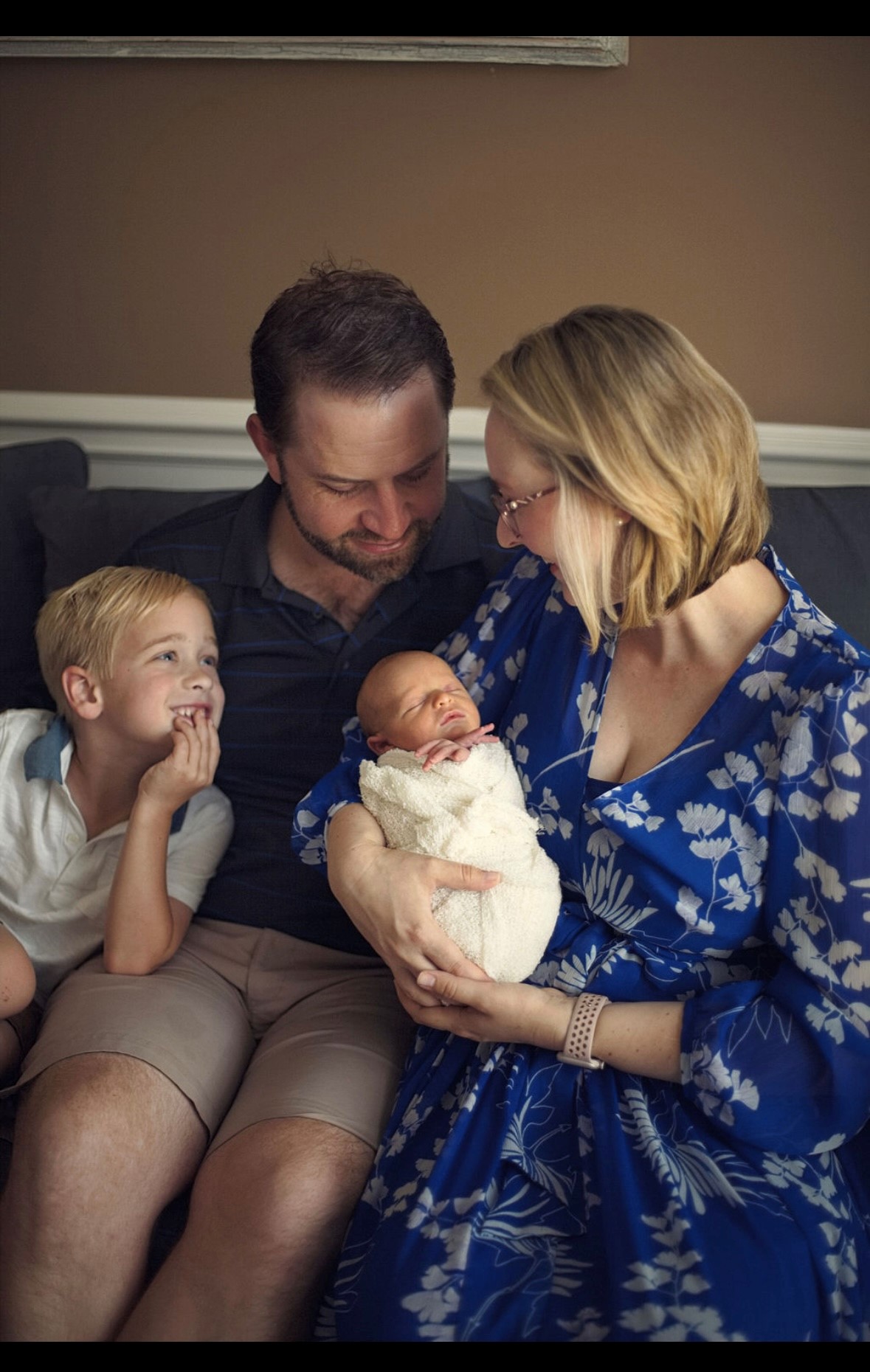
Practicing Self-Care Throughout the Process
Throughout this cycle, Caitlin also found self-care activities that helped her stay grounded. She did acupuncture, a practice that she started back when they were trying IUI to conceive. Caitlin claimed, “I really felt a quantifiable difference in my health. I find it very enjoyable. I love that 20 minutes of time because you just can’t do anything. There was a point, especially with my first pregnancy where I was like, I can’t do any more needles. I think I was 6 weeks pregnant at that point. I thought, just no more needles. Please and thank you.”
She also experimented with hypnosis. Caitlin explained, “I downloaded an IVF hypnosis recording from iTunes. It’s Australian. And I listened to it every night for my entire treatment cycle. Before my retrieval, for my stems, and right up until my transfer I listened to it. It was like, 15-20 minutes and it gave me some extra mental fortitude.”
Words of Wisdom
Caitlin recognizes that not everyone who goes through fertility treatment has the same experience – both physically and emotionally. “It’s so hard to know what’s comforting to somebody else,” she said. Caitlin revealed that finding a community of people going through similar experiences was therapeutic. She explained, “We were in our early 30s when we realized we were going to have a hard time. Now we’re in our late 30s and we know even more people. When we first started having trouble, my mom was like, ‘Oh you come from a fertile family. Everything’s going to be fine. You just need to relax.’ All the old cliches. And for me, when my mom was hopeful, it made me feel more anxious. Hope to me felt like a burden and not an anchor. It was dragging me down. Finding people who were in the midst of it and not just hearing platitudes was what made IVF tolerable for me. Hearing, ‘it’s gonna happen!’ And yeah, maybe, but maybe not and that’s okay too. Don’t lie to me!”
Caitlin also reflected on the importance of doing research and being a strong advocate for yourself. “I became a different person through this process. I became a person who questions more. I was not a big questioner. I was on PubMed looking at medical journals. I was looking at ASRM. I was looking at published articles on the effectiveness of the medications I was on and side effects and things like that. That way I could go to my doctor and say, ‘I know this medication does this, but I’m having this problem. How do we deal with that?’” She added that not all the resources you need can be found in a medical journal, “You have to find trusted resources. Either people or other practitioners that are going to be a good fit for you but also give you realistic feedback.”
Finally, she emphasized that the journey can be a difficult one, and you should only keep going if you want to. “If it’s worth it to you then you will find a way.”

